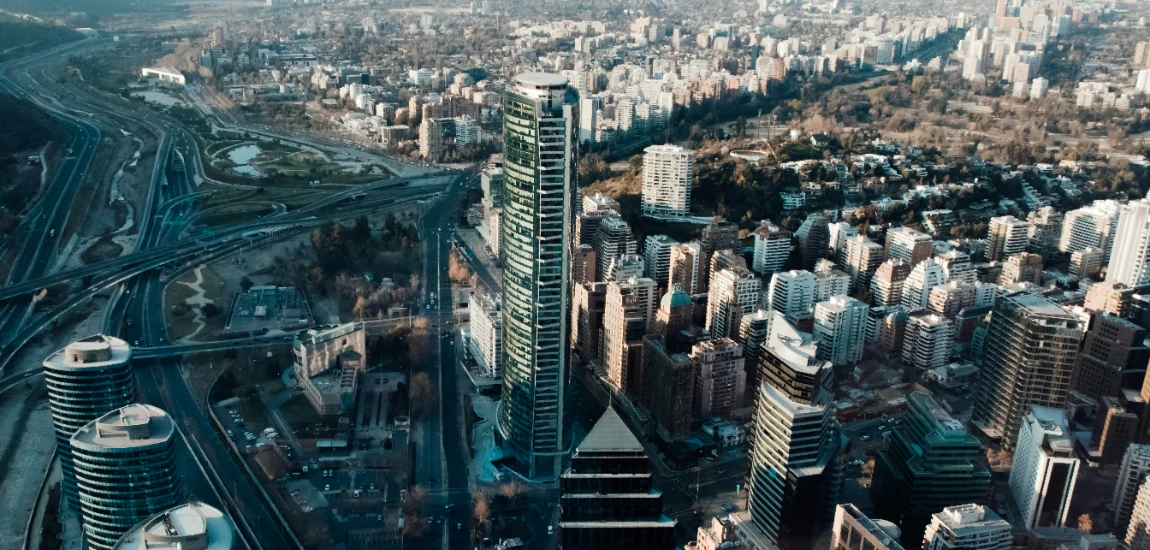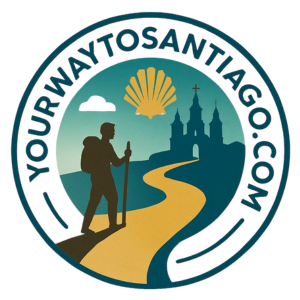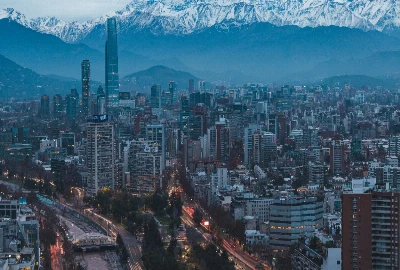Ultimate Guide to the Culture and History of Santiago, Chile

Santiago, Chile’s vibrant capital, is a fascinating blend of old-world charm and modern energy. Surrounded by the Andes Mountains, the city holds centuries of cultural traditions, colonial history, and artistic expression. From ancient indigenous roots and Spanish colonial influence to a thriving contemporary arts scene, Santiago offers travelers a deep dive into the country's heart and soul.
In this ultimate guide to the culture and history of Santiago, Chile, we’ll explore the most significant landmarks, museums, traditions, and ways to experience the city like a true local.
A Brief Overview of Santiago’s History

Founded in 1541 by Spanish conquistador Pedro de Valdivia, Santiago has played a central role in Chilean history for nearly 500 years. Originally inhabited by the Picunche people, the valley where Santiago now stands was rich in resources and strategically important. Spanish colonization brought European architecture, Catholicism, and a central plaza structure that still defines the city's core today.
Throughout the 19th century, Santiago evolved into Chile’s political and cultural hub, weathering wars of independence, political revolutions, and social changes.
Today, the city reflects its layered past, from neoclassical cathedrals to modern glass towers.
Historic Landmarks You Shouldn’t Miss

1. Plaza de Armas: The Heart of Old Santiago
Plaza de Armas remains the symbolic and geographical heart of Santiago. Surrounded by historical buildings like the Metropolitan Cathedral and the Central Post Office, it is where the city was first mapped out in the 16th century. The plaza today bustles with street artists, musicians, and vendors, making it a perfect starting point to feel Santiago’s lively spirit.
2. La Moneda Palace: Political and Historical Symbol
The Palacio de La Moneda is not only the seat of Chile’s president but also a poignant symbol of the nation's turbulent political history. Originally built as a colonial mint in the 18th century, La Moneda gained historical importance during the 1973 military coup. Visitors can tour the palace or watch the traditional changing of the guard ceremony held every two days.
3. Cerro Santa Lucía: Where Santiago Was Founded
This beautifully landscaped hill is where Pedro de Valdivia officially founded Santiago. Climb the stone stairways to the summit for panoramic views of the city, passing fountains, statues, and colonial-era fortifications along the way.
Museums That Tell Santiago’s Story

1. Museum of Memory and Human Rights
One of Santiago’s most moving museums, the Museum of Memory and Human Rights, documents the human rights abuses during the Pinochet dictatorship (1973–1990). Through photographs, interviews, and exhibits, it presents a sobering reflection on Chile’s recent history and its commitment to democracy and justice.
2. National Museum of Fine Arts (Museo Nacional de Bellas Artes)
Housed in a stunning Beaux-Arts building, this museum showcases Chilean and South American art from colonial times to the present. The impressive architecture itself is worth the visit, located right next to Parque Forestal in the heart of Santiago.
3. Chilean Museum of Pre-Columbian Art
For a deep dive into indigenous cultures, the Museo Chileno de Arte Precolombino offers exquisite collections of textiles, pottery, and carvings from across Latin America. It’s a must-visit to understand Chile’s roots, long before European influence.
Cultural Traditions and Local Life

1. Santiago’s Literary Heritage
Chile is the proud homeland of two Nobel Prize-winning poets: Gabriela Mistral and Pablo Neruda. Visit La Chascona, Neruda’s quirky house in Bellavista, to glimpse his life, passions, and impact on Chilean identity. Bookstores and literary cafés scattered across neighborhoods like Lastarria pay homage to Santiago's literary tradition.
2. Traditional Chilean Music and Dance
Music is a vital part of Santiago’s culture. You can experience Cueca, Chile’s national dance, at festivals and cultural centers throughout the city. Santiago also has a growing indie music and jazz scene, particularly vibrant in neighborhoods like Bellavista and Barrio Italia.
3. Festivals and Celebrations
Santiago hosts several cultural festivals that showcase the city’s lively traditions:
- Fiestas Patrias (September): Chile’s national independence celebrations feature food fairs, rodeos, Cueca dancing, and parades.
- Santiago a Mil Festival (January): A vibrant performing arts festival with theater, dance, and music shows across the city, many free to the public.
- We Tripantu (June): Celebrate the Mapuche New Year with indigenous ceremonies and festivals.
Conclusion
Santiago, Chile, is a city where the past and present dance together on every street corner. From ancient indigenous traditions and colonial architecture to modern art galleries and thriving music scenes, Santiago offers travelers a rich tapestry of culture and history to explore. By visiting its historic landmarks, wandering through world-class museums, attending vibrant festivals, and tasting traditional foods, you’ll experience the soul of Santiago beyond its skyline.
With this ultimate guide to Santiago’s culture and history, you’re ready to dive deep into one of South America’s most fascinating capitals — a place where every corner tells a story.



